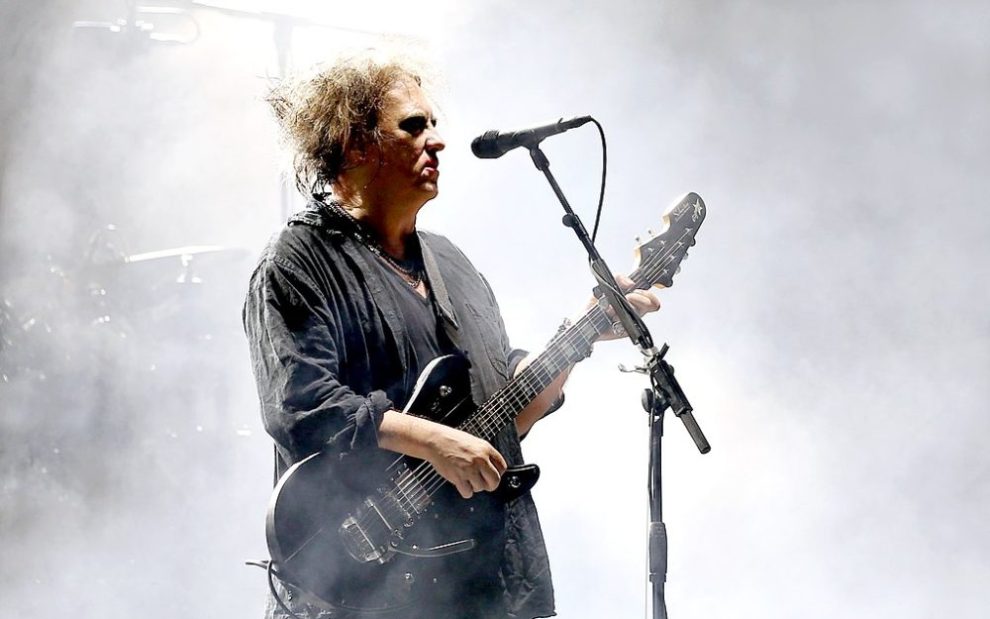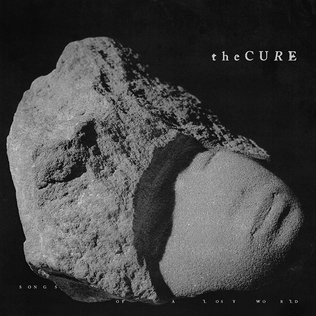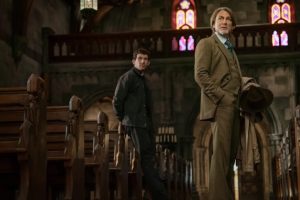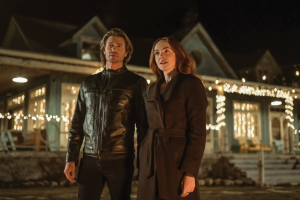Songs of a Lost World
The Cure (Fiction Records, 2024)
After 16 years of recording dormancy, British band The Cure is back with an album, Songs of a Lost World, that feels like the return of an old friend. Robert Smith—who founded the band in 1979 and cocreated such buoyant pop masterpieces as “Just Like Heaven” and “Friday I’m in Love”—awakened legions of Gen Xers, who plastered the inside of their high school lockers with photos of the singer-guitarist with his wild nest of black hair and theatrical painted face. They and many others will be happy to know Smith hasn’t changed much. He’s older (65), his hair is gray and wiry, and the makeup looks even more garish, but the eight songs on this tight release are masterful Cure: sad, weary, and haunted.
Songs of a Lost World begins and ends with long, dirgy, heavily instrumental tracks that envelop the listener in a haze of despondency. On “Alone,” after minutes of space-like orchestral floating, Smith breaks in, a death announcer: “This is the end of every song that we sing / The fire burned out to ash, and the stars grown dim with tears.”
He follows that song with “And Nothing Is Forever,” the long instrumental gangway leading to more mournful entreaties: “Promise me you’ll be with me / Say we’ll be together and that you won’t forget / . . . And slide down close beside me / In the silence of a heartbeat.”
And on and on it goes until the album’s closing track, “Endsong”—over six minutes of the now-familiar floating, washy guitars gradually crescendoing in the dark sky, before Smith breaks in, “And I’m outside in the dark / Staring at the blood red moon / Remembering the hopes and dreams I had / And all I had to do / And wondering what became of that boy.”
Upon exiting Smith’s world, this becomes clear: Forty-nine minutes of music is a fair trade for 16 years of waiting.
This article also appears in the February 2025 issue of U.S. Catholic (Vol. 90, No. 2, page 9). Click here to subscribe to the magazine.
Image: Wikimedia Commons/Mr. Rossi (CC BY-SA 4.0)














Add comment